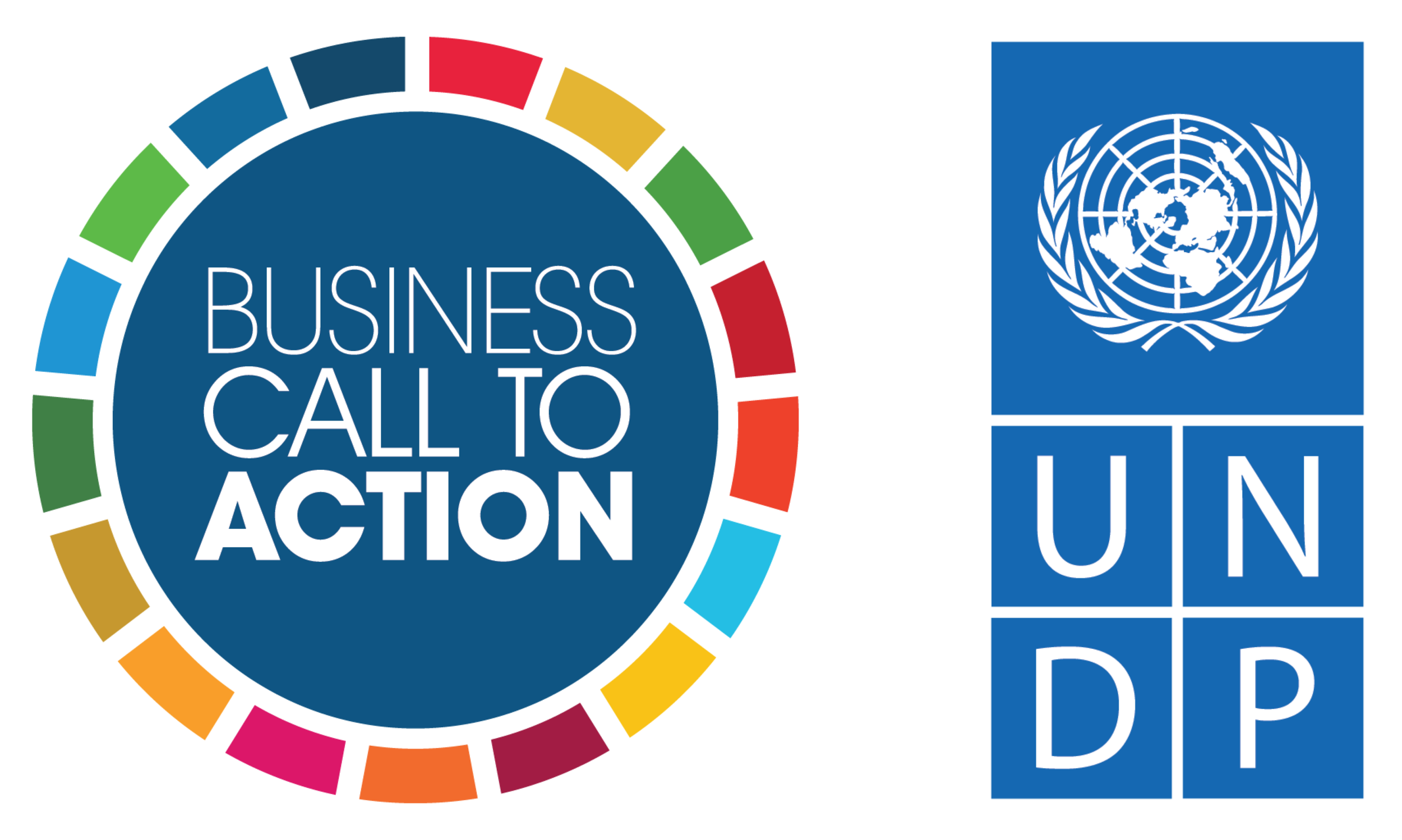Unlocking solutions for the poor with inclusive business innovations
An Indian vendor makes an artificial flower basket at a market ahead of the Diwali festival in Mumbai, India. Photograph: Divyakant Solanki/EPA
Armin Bauer, principal economist, sustainable development and climate change department, Asian Development Ban
Asia offers huge untapped opportunities for inclusive business. New forms of public-private partnerships can help get them off the ground
Over 300 representatives of companies, social enterprises, and governments Asia-wide will gather 15-19 February at ADB for the 2nd Inclusive Business Forum for Asia.The forum, organised by ADB and eightdevelopment partners, is one of the year’s most significant regional events on inclusive business in Asia.
ADB defines inclusive business as a private sector core business activity that creates at scale innovative and systemic solutions to the relevant problems of poor and low-income people. It targets the market at the base of the income pyramid - those living below $4 (£2.76) per day, still 60% of Asia’s population - through affordable goods and services, and decent jobs. Business models only qualify as inclusive business when they pay better-than-market rates, as just engagement will not lift the poor out of poverty. That differentiates supply and value chain companies from inclusive business models. Inclusive business models also differ from social enterprises, corporate social responsibility, small and medium-sized enterprise promotion and microfinance, in the size and strategic intent of impact created, and in the business return envisaged. Inclusive business is part of impact investing, which is emerging worldwide as a new asset class with an estimated portfolio of over $10bn (£6.9bn).
Inclusive business is highly profitable and doesn’t compromise on profits and innovation to reduce costs and enlarge reach to markets. Studies from the Inter-American Development Bank and International Finance Corporation found that their inclusive business investments yield higher returns than their traditional investments because inclusive business investments often use innovative financing structures that reduce risks and increase profitability without worsening exploitation of workers.
Innovation is the key for success for inclusive business companies, because the margin per unit is typically low given customers are the poor. For example:
A coffee company in the northern Philippines uses drip irrigation to save water, barcodes to monitor tree quality, reforestation to reduce land costs, and outsources industrial capacities to farmers rather than pure contract farming. It has engaged 20,000 farmers who are earning substantially more than the going market rate.
An Indian company established to eliminate cataracts suffered by the elderly developed a model which allows thousands of blind poor to be treated for about $1 (69p) per operation due to process innovations and cross subsidies from better-off patients. The company also trains paramedical staff from rural areas with lower educational qualifications to support surgeons.
So if such businesses can make good profits, why don’t we have more like them in Asia, and especially in southeast Asia? One of the main challenges is the lack of entrepreneurs who are willing to innovate, and see the poor as a main source of future revenue. Most companies in Asia stick to traditional product lines, either serving the better-off, or serving the poor with low-quality, high-priced goods or services. Only a few also use a shared value approach and try to extend their existing business to sell or buy more from the poor.
New forms of public-private partnerships can help. The emergence of more inclusive companies can be encouraged by business associations and governments. That would create a new form of public-private-partnership beyond the traditional financing of infrastructure. Business associations can help disseminate the concept of inclusive business. Companies need grant financing and capital investments to shape their business models in the growth phase to become more bankable, even though they are already profitable. Although some large companies use inclusive business models, inclusive businesses are typically medium-sized and family-owned companies. Governments struggle to directly assist such companies, even if they create large-scale social value.
The only way for governments to support inclusive business is by clearly distinguishing such companies from others, by rationalizing the social impact the companies create. A transparent system to identify ex-ante the social impact would justify support given, hence the need for accreditation. The Philippine government is setting up an accreditation system for inclusive business and social enterprises, and will then align existing industry policies to prioritise accredited inclusive business firms. For companies, the accreditation seal (like a fair trade seal), even without fiscal or other incentives, is often sufficient to get their business going, as it improves branding, broadens access to credit, and eases licencing.
Asia certainly offers huge untapped opportunities for inclusive business in agribusiness, health, education, and other sectors. All stakeholders have a valuable role to play in spreading the inclusive business word to ensure that more people get to know and understand the concept, get involved in this business model, and boost its contribution to reduce poverty in the region.
This article was first published as an ADB blog.
Content on this page is provided by Business Call to Action, and originally appeared on the The Guardian Business and the Sustainable Development Goals Hub

